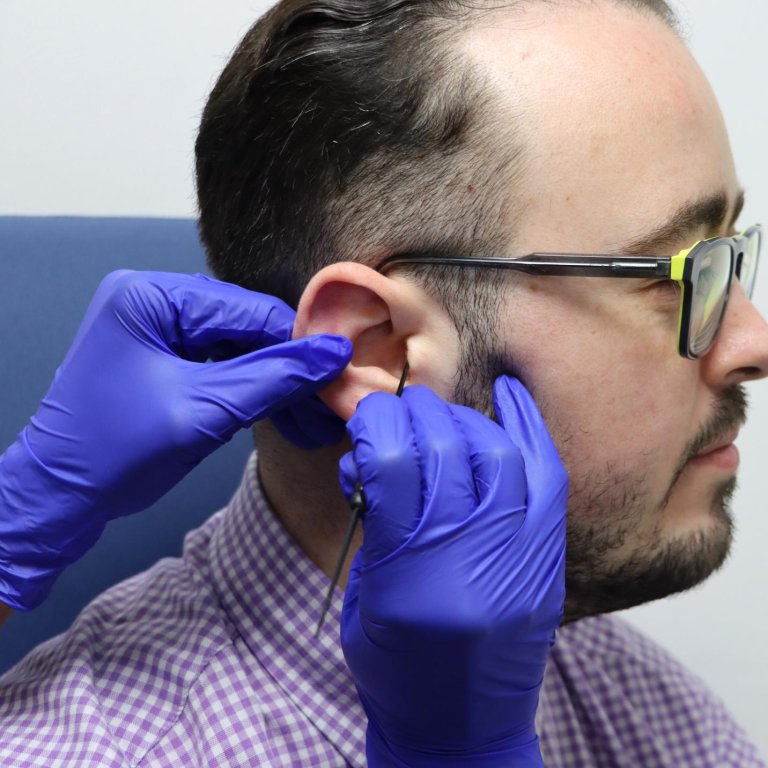
Manual removal
If you only have a small amount of ear wax that’s built up near the entrance of your ear canal, manual removal is the best option. For this, a variety of tools may be used to safely remove wax from the ear canal.
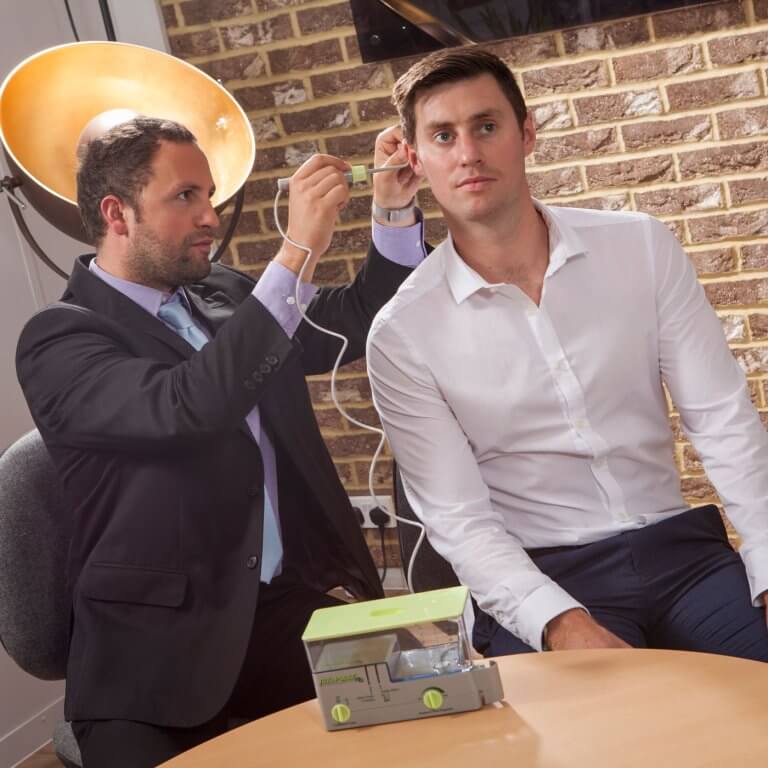
At the Hearing Care Partnership, we pride ourselves on delivering a great service by highly trained clinicians, using the latest technology to not just remove the wax from your ears, but to assess and support your ongoing hearing and ear health.
Our clinicians are all trained in ear wax removal by BSA approved courses giving them the skills needed to assess your ear health and safely remove your ear wax. All of our audiologists are also registered with the Health and Care Professions Council (HCPC).
Our ear wax removal service is subject to a flat fee of £70, regardless of whether wax is removed from one ear or two. What’s more, your hearing health check is included at no additional cost.
The Hearing Care Partnership is never far away! With over 270 locations across the UK, we can see you in your home town or even your UK holiday destination, with the same care and clinical standards throughout.
To ensure a smooth and comfortable ear wax removal experience, it’s essential to soften the wax beforehand. We recommend using olive oil drops specifically designed for this purpose. Apply these drops once or twice a day in the affected ear for 5 days leading up to your appointment. This softens the wax, making it easier to remove without discomfort.
Your appointment begins with a friendly chat with your clinician. They’ll take the time to understand your ear health concerns and any relevant medical history. This personalised consultation allows them to tailor the wax removal method to best suit your needs.
Next, your clinician will use advanced video technology to give you a fascinating glimpse inside your ear canal. You’ll have the unique opportunity to see firsthand the condition of your ear before any wax removal takes place. This visual insight provides clarity and helps you understand the process better.
With your comfort in mind, your clinician will skillfully remove any excess earwax using gentle techniques. Throughout the process, they’ll ensure you feel relaxed and at ease.
To wrap up your appointment, your clinician will conduct a quick hearing health check. This ensures that your hearing is at its optimal level. If further assistance is needed, they’ll discuss appropriate next steps with you.
At The Hearing Care Partnership, we offer the latest, safest methods of wax removal. During your appointment, your clinician will choose the most suitable method for you based on your level of wax build-up, as well as the condition and position of earwax within your ear.

If you only have a small amount of ear wax that’s built up near the entrance of your ear canal, manual removal is the best option. For this, a variety of tools may be used to safely remove wax from the ear canal.
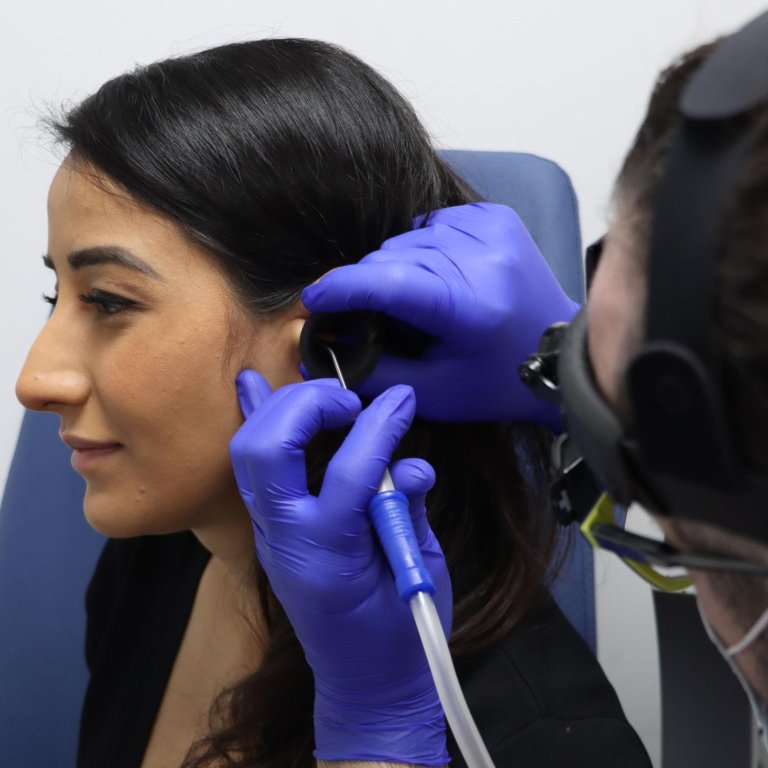
The safest and cleanest way to remove ear wax from moderately blocked ears is the microsuction method. A probe is gently inserted then connected to a vacuum pump to suction out the excess wax from the ear canal.
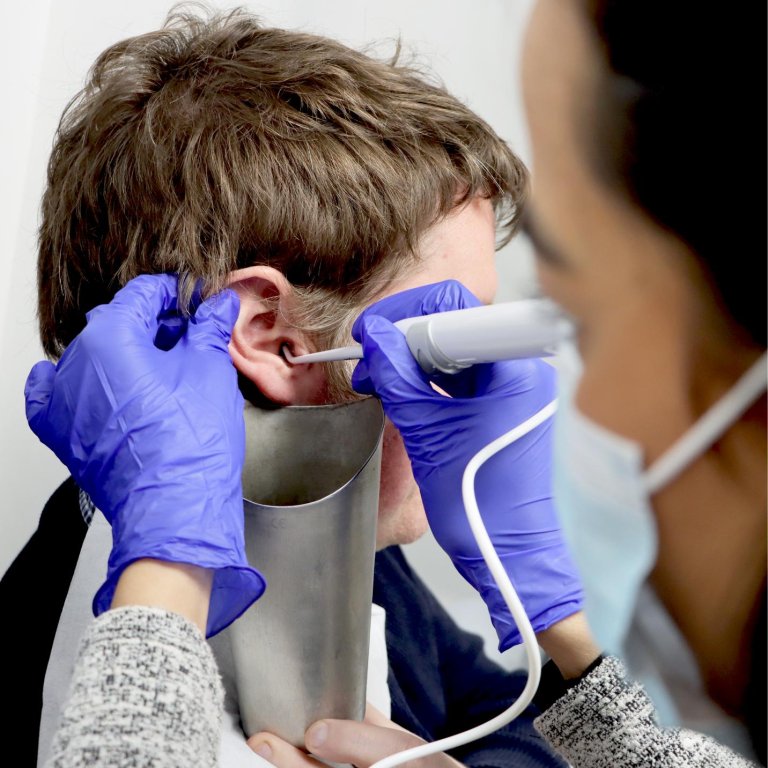
This is safer, gentler and more effective technology than the old “syringing” method.
With water irrigation, body temperature (37°C) water is used to flush debris out of the ear canal at a low pressure.
It’s ideal for removing larger quantities of ear wax.
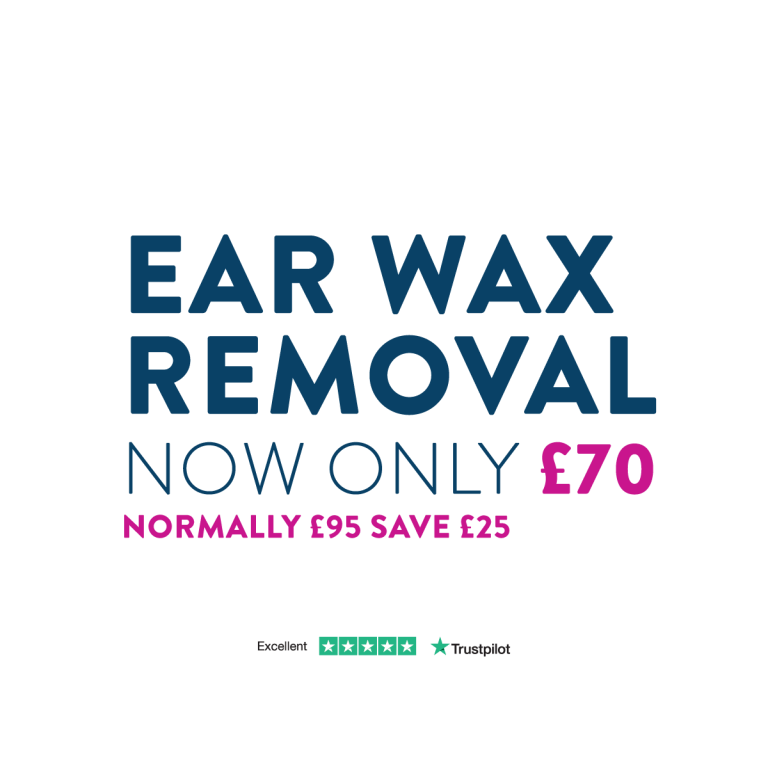
Our ear wax removal treatment is available for £70 for in-branch appointments with no extra hidden costs. That’s whether we have to remove ear wax from one ear or both ears.
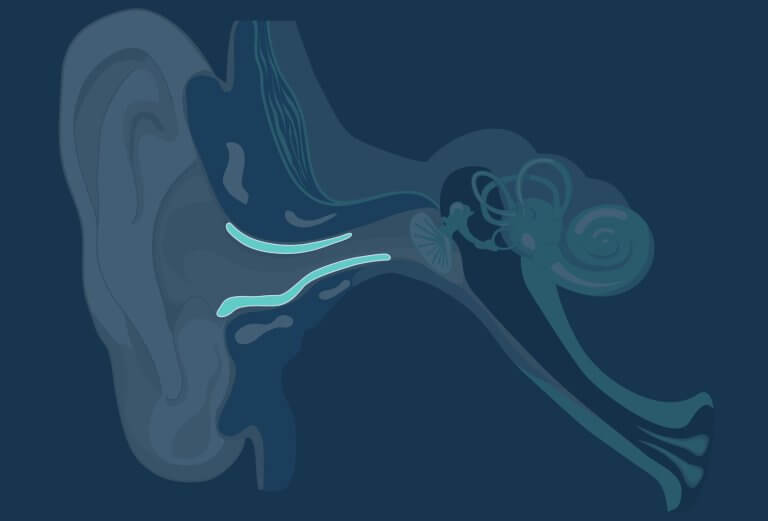
Ear wax (or cerumen) is a perfectly normal secretion of the ear canal. It is an important part of our ears’ function, lubricating the ear canal and providing natural protection against bacteria, water, dust and other foreign bodies.
Our ears are generally self-cleaning so small amounts of wax will work their way out of the ear naturally. However, a build-up of excess ear wax can occasionally occur, meaning professional ear wax removal is necessary.
Excess ear wax build-up can happen due to things like prolonged use of earphones, earplugs, or extensive self-cleaning of the ears (with cotton buds or other unsafe implements).
You may need ear wax removal if you’ve been experiencing any of these symptoms:
If any of these symptoms sound familiar, then ear wax may be the cause. If so, you can book an appointment with one of our skilled clinicians who will be able to check your ears and remove any wax that may be present. They will also provide a hearing health check at no additional cost.
If you have an ear infection, ear wax removal won’t be a suitable treatment for you, but some of the symptoms could be the same. Make sure you see your GP first if you’re also experiencing:

Book an in-branch or at-home ear wax removal appointment using our simple online booking system.

Call our friendly team on 0800 52 00 546. Lines are open Monday to Saturday 8.30am – 5pm.
Unfortunately, many people have reported no longer being able to access free ear wax removal services from their GP. This depends on the area and surgery, but is often down to the fact that the old ‘syringing’ method – previously widely available on the NHS – has been found to be unsafe and is no longer used.
While the NHS could switch to modern, safe removal techniques, GP practices are not always provided funding to offer these services. And if they do, waiting times can be very long. The RNID charity is campaigning to re-establish this vital service throughout the NHS. But in the meantime, your best choice will often be an independent hearing care provider.
According to the NHS, there is no evidence that ear candles are effective at removing ear wax. In fact, they can often do more harm than good. They can cause burns, ear infections, eardrum perforation, occlusions in the ear canal and even temporary hearing loss.
The best method for ear wax removal will depend on your specific needs, there is no one method to suit all. At The Hearing Care Partnership, your clinician will look at your wax and ear health and will assess the method best suited for you.
Non-professional, at-home ear wax removal is not something we would ever recommend. In fact, trying to clean their ears themselves at home is often what causes excess ear wax build-up in the first place.
At the practice, we provide the safest and latest technologies, administered by a qualified professional. Plus, our controlled environment respects the utmost hygiene requirements, decreasing any risk of infection, and putting patient safety first.
We do offer a professional at-home ear wax removal service for those signed up to our hearing aid care plan. However, if you’re able to, in-practice removal is the recommended choice. The cost of removal for a home visit wax removal is £155.
Ear wax contains antibacterial agents and plays a vital part in preventing infections in your ears. It also traps dust and other foreign bodies, as well as keeping the skin in your ears moisturised. Small amounts of ear wax are normal and healthy, and it usually works its way out of your ear naturally.
However, if you have an excessive build-up, this can cause discomfort and temporary hearing loss, as well as other symptoms. If this is the case, it’s a good idea to get it professionally removed to improve your ear health.
Although ear wax is a natural production of the ear and usually works its way out on its own, there are some factors that either cause excessive ear wax or cause a blockage of the ear canal from wax. These can include:
When you have ear wax blocking your canal it can lead to multiple symptoms such as:
Due to the nature of wax build-up, there is no set timescale for when wax removal is needed. However, we would recommend that you have a regular hearing health check to assess wax levels as well as hearing levels.
If you suffer any symptoms please book to see us or your GP for further advice.
If excess ear wax is not removed, the symptoms you are experiencing can worsen. If you are suffering with any of the symptoms mentioned above, make sure to book in for a free hearing assessment to determine whether ear wax removal is necessary. Your audiologist will then be able to recommend further treatment.
If you’ve already had your ears checked out, you can book your ear wax removal appointment now.
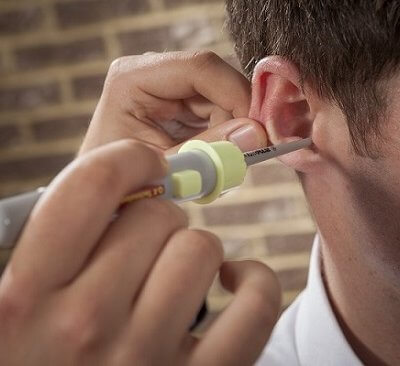
Hearing Aids - Jan 2018
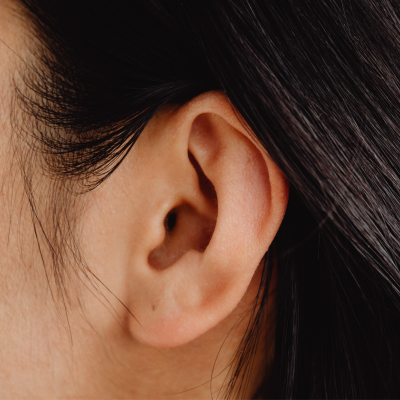
Hearing Care - Feb 2024

Hearing Care - Aug 2024
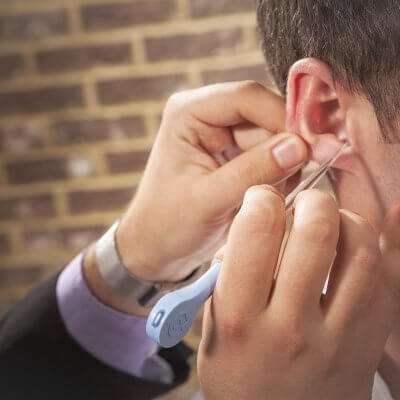
Hearing Care - Feb 2024